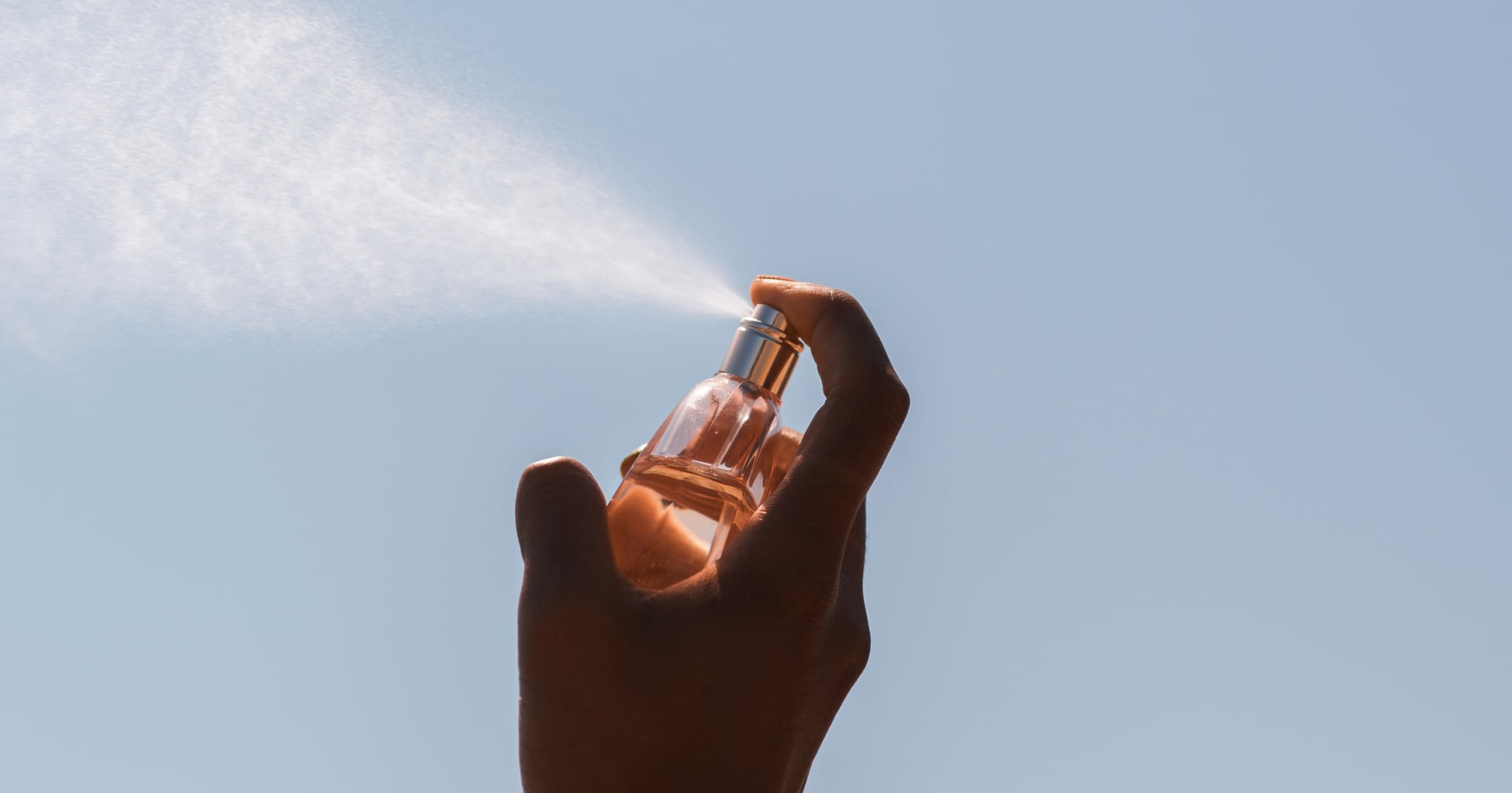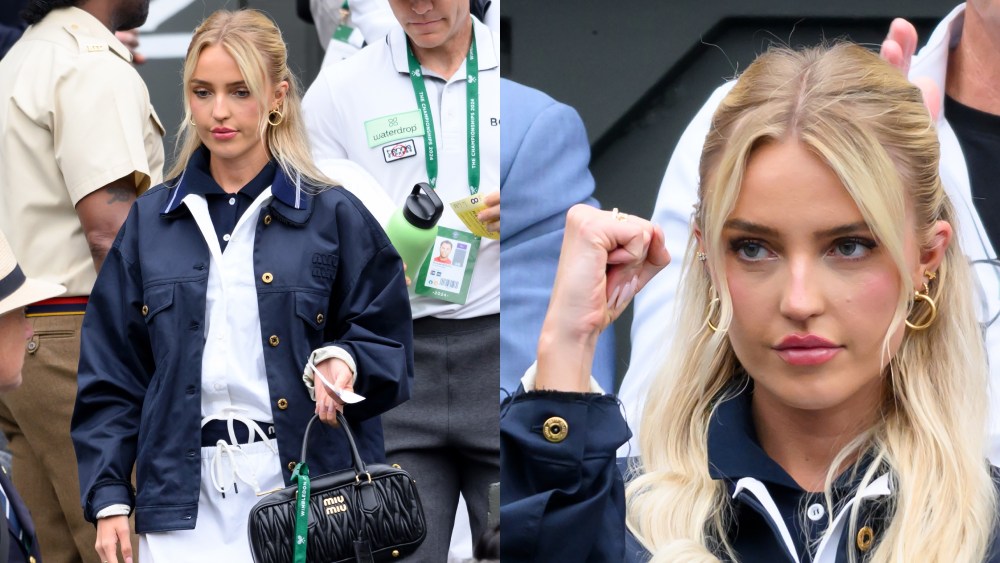It’s another Saturday at Sephora and customers are flitting between the crowded aisles to sample the industry’s buzziest products. Among the brightly colored displays selling lip gloss and body serums lies the fragrance section, where an eager throng of shoppers mist and spritz scents from Prada, Nest, and Kayali, among others. Notes of amber and vanilla, vetiver and orange blossom permeate the air – nothing too out of the ordinary. But the average age of the customers? Let’s just say they are more than a few years away from being able to vote. Clearly, teens and tweens are staking a claim as the fragrance industry’s newest (and most passionate) fans, and they are more than happy to spend their money – or their parents’ – on the season’s best new perfumes.
Young shoppers continue to contribute to the “core beauty wallet” (cosmetics, skin care, and fragrance), with spending up 8 percent year-over-year according to the Spring 2024 Piper Sandler survey, which polled 6,020 U.S. teens. What exactly is the gateway juice for this increasingly young fragrance fan demographic? For 11 and 9-year-old brothers, Rex and Casper Freemont Crowe, it was John Paul Gaultier Le Male ($120). “I saw it on TikTok, and I was like, ‘Oh yeah, I should probably get it,'” says Rex, who – along with his younger brother – follows popular fragrance creators like Noel Thomas, Jeremy Fragrance, and FBFragrances, and enjoys browsing for new scents at Sephora, Scent Bar, and Saks (mom, Casey, in tow).
If this feels like a far cry from the days of cruising the mall for Bath & Body Works or Victoria’s Secret body mists, you’d be (mostly) correct. Here, we explore the trend.
Experts Featured in This Article
Erika Velez, Psy.D, is a licensed clinical psychologist, parent coach, and the podcast host of The Mindful Corner.
The next generation of fragrance consumers has increasingly refined tastes – and strong opinions about price point. “I think [a $400 perfume is] a waste of money,” says 11-year-old Sienna Rose Gaviria, who counts Sol de Janeiro, Valentino, and Ariana Grande among her current favorite brands. “If it’s expensive and I like the smell, I will get it, but it depends on the price. If it’s, like, $78, that’s enough.” She notes that her mother, Jacqueline, typically allows her to shop for a new perfume roughly every month.
For others, like 14-year-old Luna Soleimani, the cost is secondary to the perfume itself. “It just depends on how it smells,” she says in regard to her fragrance shopping habits. “I wouldn’t get something just because it’s expensive, or look at just luxury. The cheap things I find from Whole Foods are really, really good.”
Finding this sweet spot of affordability and aspiration is top of mind for many fragrance brands in order to appeal to this growing demographic, like teenage boy stalwart Axe, which recently launched a fine fragrance collection of products to entice scent-curious shoppers (a four ounce body mist will set you back $10 at Target). Others, like the perennially popular Sol de Janeiro (which sells eight ounce body mists for $38), have expanded to include fragrance options after seeing success with other scented categories – in this case, body care.
“I know people who collect Sol de Janeiro,” says 11-year-old Chloe Zeichner, adding that although she typically only spritzes on special occasions, her fragrance collection is steadily growing. “We give each other hauls, when we’re hanging out,” she says of her fellow scent-obsessed friends. These young perfume enthusiasts are finding it easier to connect with like-minded friends, especially as the world of fine fragrances becomes less cost prohibitive to teens and tweens. Still, many find that the most vibrant and supportive fragrance community exists on TikTok, and are often motivated to buy the scents their favorite creators are promoting – even the pricier options.
“Media consumption has changed,” says licensed clinical psychologist Erika Velez, Psy.D. “And specifically with fragrance, you have these unboxing videos [with] tons of little flashes and that’s how [teens and tweens] get hooked.” She adds that these types of TikToks are essentially inconspicuous marketing, a massive shift from the over-the-top fragrance advertising kids might have only seen during a televised commercial break. “They have social media at their disposal because they have it in their pocket, so it just has a greater grip on them,” she says.
Of course, having parents or family friends in the beauty industry (Soleimani is the daughter of acclaimed makeup artist Romy Soleimani; Zeichner is the daughter of renowned NYC dermatologist Joshua Zeichner) definitely has its perks for a burgeoning perfume collector, like access to free fragrance samples. But even without these types of industry connections, having parents who are equally enthusiastic about fragrance can help to spark a young person’s passion for perfume – or at least not balk at beauty gifting requests.
“The fancy fragrances are what they ask for for their birthday,” says Casey Freemont, mother to Casper and Rex. “And for the really absurd ones, [they’ve] saved up.” (Specifically, “the 75mL $265 Parfums de Marly,” 9-year-old Casper clarifies.)
Whether it’s hunting down their next luxury scent (Rex reveals that Louis Vuitton is the pinnacle brand for his fellow fragrance fans at school), or expanding a body mist collection (Chloe says that the new Phlur range is especially popular amongst her friends), it appears that Gen Z and Gen Alpha shoppers will continue to drive the category. At least until they are old enough to become perfumers themselves. “I’d like to make a fragrance,” says Casper of his beauty career aspirations. “I would want it to smell warm, a bit floral, and woody.”
Whatever shape it takes, the future of fragrance has never smelled so sweet.
Hannah Baxter is a New York-based creative consultant and contributing writer for PS, Allure, The Cut, Harper’s Bazaar, Elle, Byrdie, and more.




